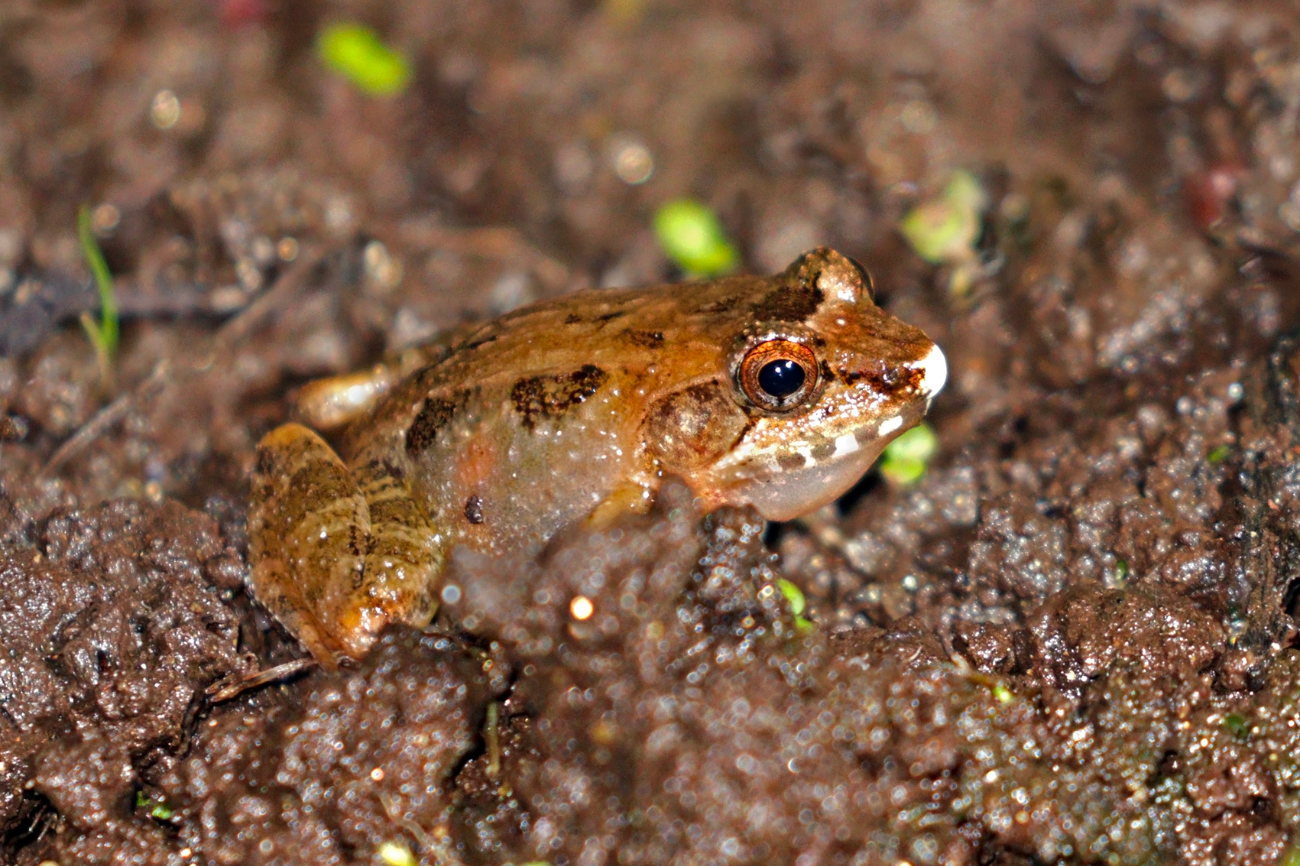Madagascar: Discovery of 20 New Frog Species
The humid vegetation in Madagascar is home to a diverse population of small, brown frogs. These frogs are known for their subtle mating calls that can be heard in the darkness, and are difficult to spot due to their ability to camouflage with mud. Until recently, scientists had only formally described 14 species of the Malagasy common brown frog. However, a new study has identified and described 20 additional species of these frogs that had previously been overlooked.
Importance of Species Identification
Identifying and naming species is crucial for understanding the planet’s biodiversity, as habitat destruction is causing animals to go extinct at a faster rate than they can be catalogued. The discovery of these new frog species is exciting, as it adds to our understanding of the diversity of life on Earth. However, it is also concerning, as it is occurring in the midst of widespread deforestation in Madagascar.
Complexity of Studying Malagasy Frogs
Madagascar is home to hundreds of endemic frog species, but studying these animals and collecting detailed data about them is complex. Fieldwork in the remote and inaccessible areas of the island can be difficult, and technology has not always been sufficient for extracting useful data from frog specimens in national collections and museums. Additionally, many of the species of common brown frog in Madagascar look similar, making it challenging to accurately classify them.
Using Museomics to Classify Frogs
To more accurately classify the different species of common brown frog in Madagascar, the study team used a state-of-the-art approach called museomics. This involves extracting and sequencing DNA from preserved frog specimens, and comparing that genetic data with information about the frogs’ physical appearance, mating calls, and geographic location. This allowed the team to identify 20 previously overlooked species of frogs.
Significance of These Findings
The discovery of these 20 new species of frogs is significant for several reasons. Firstly, it adds to our understanding of the diversity of life on Earth, and helps to fill in the blanks in the biological inventory of the planet. Secondly, it highlights the importance of museums and national collections, as they can be a valuable resource for studying and protecting biodiversity. Finally, it demonstrates the ongoing need for research and conservation efforts in Madagascar, which is home to a wealth of unique and vulnerable species.
Month: Current Affairs - January, 2023
Category: Environment Current Affairs


